Fireworks are more than just spectacular visual displays. The magic behind each burst of color and light lies in the chemicals used to create them.
From the colors that light up the night sky to the explosive effects, what chemicals are used in fireworks plays a pivotal role in creating the incredible shows we all love.
At Red Apple Fireworks, we’re proud to offer premium fireworks that deliver dazzling results (such as our mortar fireworks and ground fireworks), and understanding the chemical composition behind them is an essential part of that experience.
In this article, we will dive into the science of fireworks and break down the chemicals that make each firework unique.
So, if you’ve ever wondered how does a firework work or what minerals are used to make gold sparks fireworks, read on as we take you through the fascinating world of pyrotechnics.
What this article covers:
- How Chemistry Powers Fireworks
- Essential Chemicals That Make Fireworks Work
- Common Firework Ingredients and What They Do
- Safety and Environmental Considerations
- Smarter, Safer, and Cleaner Fireworks
How Chemistry Powers Fireworks
At the heart of every firework is a precise combination of chemical compounds that produce its colour, sound, motion, and sparkle.
When ignited, these chemicals undergo rapid reactions that release energy in the form of heat, light, and gas, which together create the dazzling explosions we associate with fireworks.
Whether it's the deep boom, the trailing sparkles, or the vibrant red, blue, or gold hues—it's all driven by chemistry.
The more carefully these reactions are engineered, the more spectacular and reliable the display becomes.
Essential Chemicals That Make Fireworks Work
The key components that make up fireworks are crucial for their function. Without these, a firework would simply fail to do its job. Let’s break down the main chemical components used in fireworks.
Fuels
Fuels in fireworks provide the energy needed for the explosion. Common fuels include charcoal, sulfur, and various metal powders.
These fuels burn when ignited, and the energy produced is what drives the firework’s explosive force and contributes to the vivid colors and visual effects.
Oxidizers
Oxidizers are chemicals that release oxygen, which is necessary for the combustion of the fuel. Potassium nitrate, potassium perchlorate, and strontium nitrate are common oxidizers in fireworks.
The combination of these chemicals ensures that the fuel burns properly, creating the desired effects. Without the right oxidizer, fireworks wouldn't burn efficiently, and the reaction would be less impressive.
How Fireworks Get Their Color
The vivid colours in fireworks come from metal compounds that burn at high temperatures. Each compound emits light at a specific wavelength, creating a distinct colour in the sky. Here are some of the most common color-producing elements:
- Strontium – Red
- Copper – Blue
- Barium – Green
- Sodium – Yellow
- Calcium – Orange
- Magnesium/Aluminum – White and silver
By carefully selecting and blending these compounds, pyrotechnicians can create a full spectrum of vibrant effects for any fireworks display.
Binders
Binders hold all the components together in the firework’s composition. They help form the mixture into solid shapes, such as the stars in a firework shell.
Without binders, the mixture would fall apart and fail to burn consistently. Common binders include starch, dextrin, and other organic compounds that burn cleanly and do not interfere with the chemical reactions.
Common Firework Ingredients and What They Do
Several metals are used in fireworks to create bright flashes, shimmering trails, and sparkling effects. Here's how some of the most common ingredients contribute to the magic:
- Aluminum produces intense white flashes and adds brilliance to aerial bursts.
- Antimony creates glittering or strobe-like effects by enhancing brightness and sparkle.
- Magnesium burns at extremely high temperatures, generating white-hot sparks and adding intensity to the overall display.
- Titanium creates thick, crackling showers of sparks, often seen in dramatic glittering effects.
These elements are often combined or layered with color-producing chemicals to create multi-effect fireworks that dazzle from launch to final burst.

Safety and Environmental Considerations
While fireworks are a lot of fun, it's important to be aware of the safety and environmental concerns that come with them.
At Red Apple Fireworks, we take these considerations seriously, ensuring that all our products meet strict safety standards.
Handling and Storage of Hazardous Chemicals
Fireworks contain a range of hazardous chemicals, and proper handling and storage are crucial for safety.
We ensure that all our products are safely stored and transported to prevent any accidents.
Understanding the chemicals in fireworks and how they interact can help prevent mishaps, ensuring everyone enjoys the show without worry.
Environmental Impact of Firework Residues
While fireworks are a fantastic way to celebrate, they do leave behind residues that can have an impact on the environment.
The chemicals used in fireworks can sometimes contaminate the air, water, and soil. That’s why we are committed to working on eco-friendly alternatives and promoting responsible disposal practices to reduce the environmental footprint of fireworks.

Smarter, Safer, and Cleaner Fireworks
As the fireworks industry evolves, so does the science behind it. Today’s pyrotechnicians are developing safer, more sustainable chemical formulations that still deliver breathtaking displays.
These innovations help reduce the risk of accidents while minimizing pollution in the air, water, and soil.
One major focus is the creation of eco-friendly fireworks that produce fewer harmful residues and use cleaner-burning compounds.
Manufacturers are also improving firework stability through advanced formulations that are less reactive during transport and more predictable during ignition—making them safer for family-friendly events and large-scale shows alike.
At Red Apple Fireworks, we’re proud to offer products that reflect these modern standards—delivering incredible colour and performance with both safety and environmental responsibility in mind.
Conclusion
What chemicals are used in fireworks? This question uncovers a vibrant world where science and art collide, creating the spectacular displays we all love.
From the shining metals that create brilliant colors to the fuels and oxidizers that make the explosive effects possible, each chemical has its unique role in bringing fireworks to life.
At Red Apple Fireworks, we pride ourselves on offering premium fireworks that are not only breathtaking but also safe and reliable.
Whether you’re planning a family-friendly event or organizing a professional-grade fireworks show, we’ve got you covered.
And don’t forget to join Club Red Apple®—our exclusive membership program that allows you to save up to 25% on all your fireworks purchases!
Visit us today, explore our wide selection, and let us help you create the perfect celebration. Happy fireworks shopping with Red Apple Fireworks!
If you want to learn more, check out these articles below:
- What Three Processes Cause Fireworks to Emit Light
- What Problem Occurs If the Firework Mixture Is Not Pure
- When Were Fireworks Invented?
- First American Fireworks
- Facts About Fireworks
- Why Do Celebrate with Fireworks?
- Why Were Fireworks Important in Ancient China?
- How Do Fireworks Get Their Color?
- What Element Makes Purple Fireworks?
- What Element Will Give Fireworks Their Yellow Color?
- What Makes Fireworks Blue?
- Which Metal Ion Is Responsible for the Red Firework?





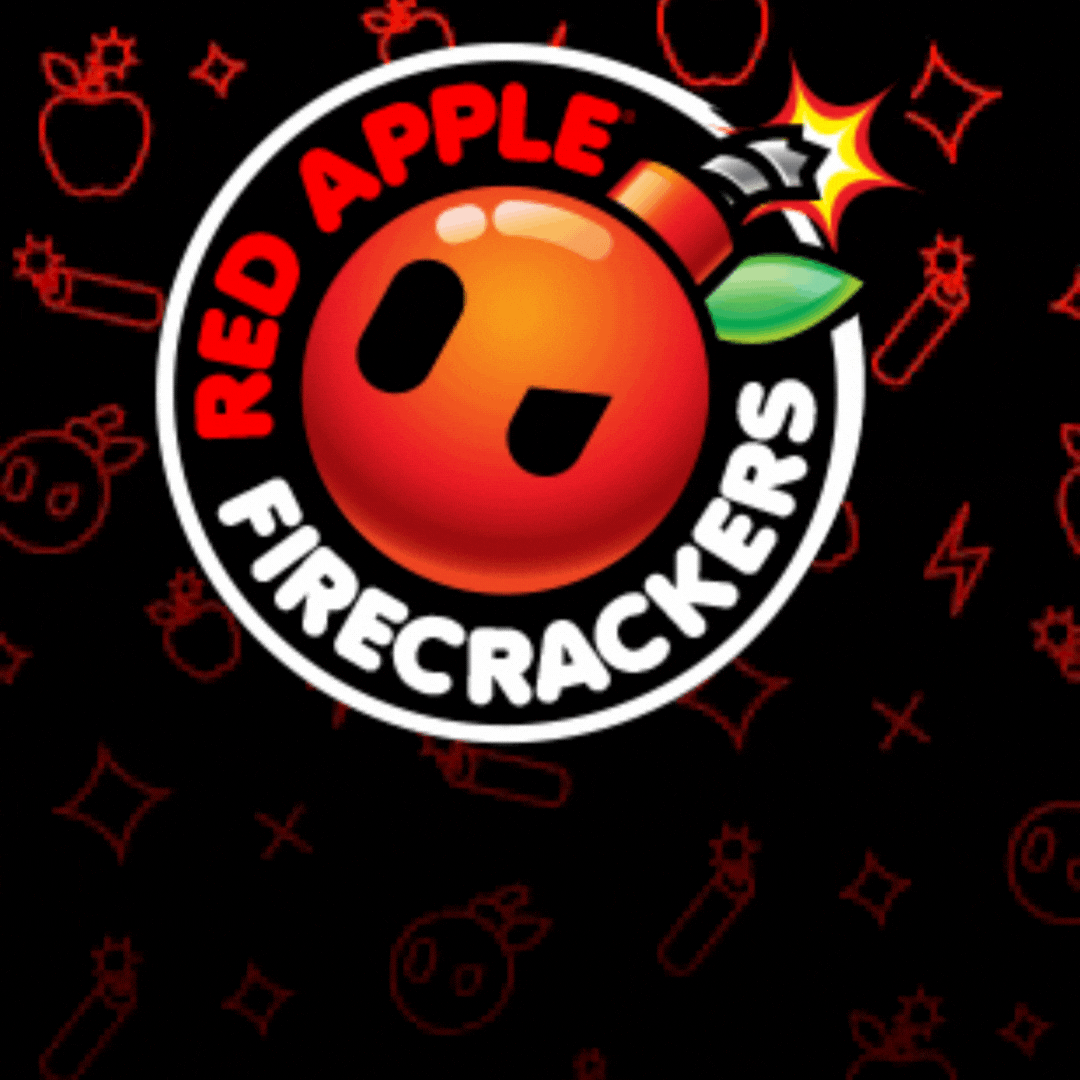

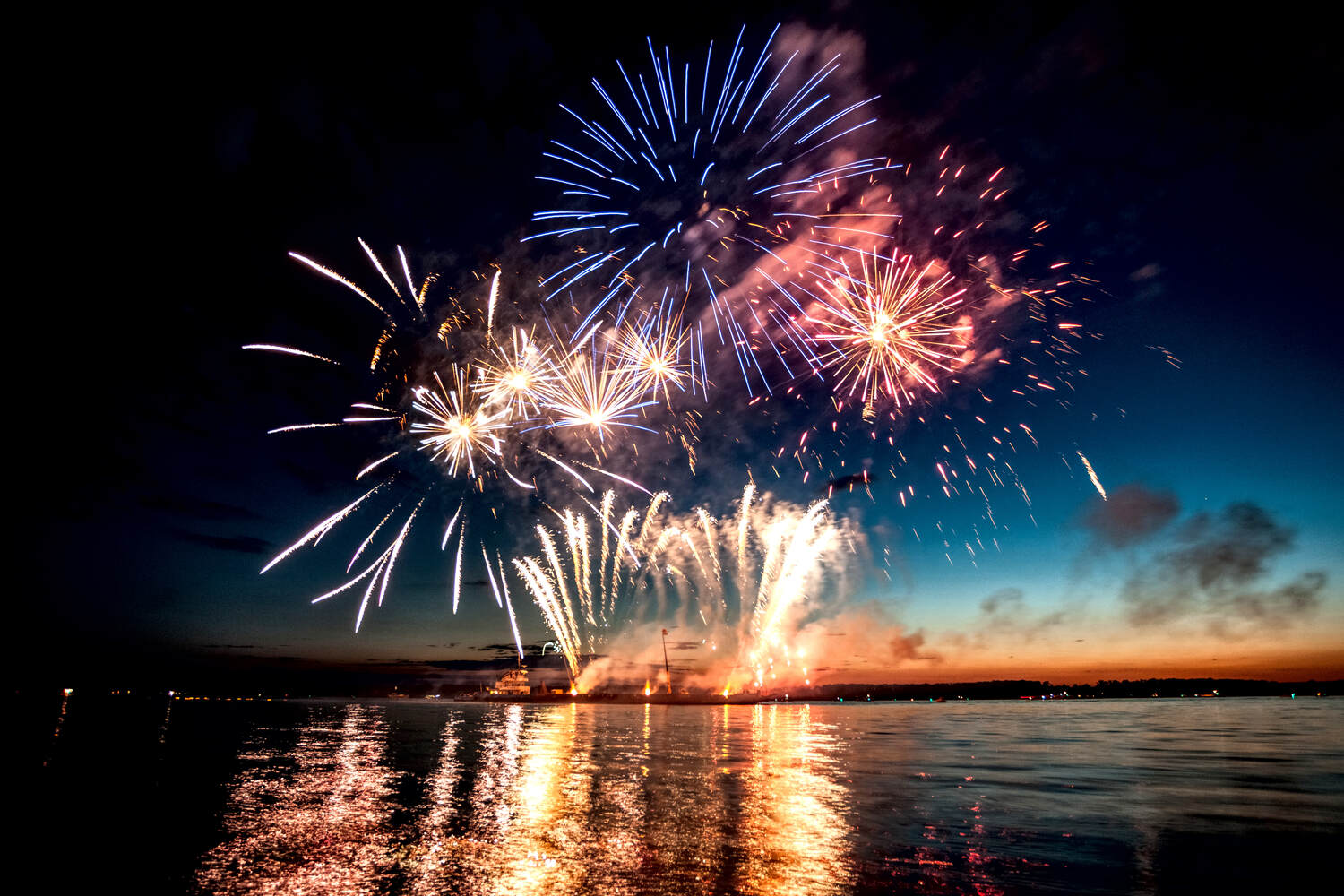



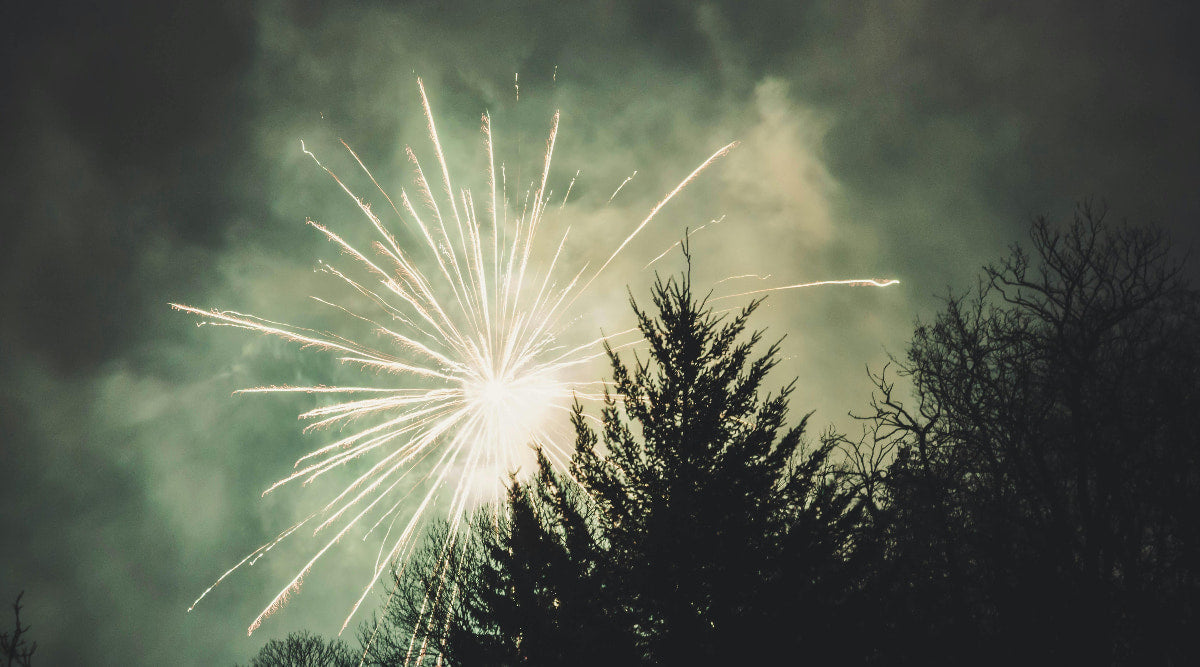
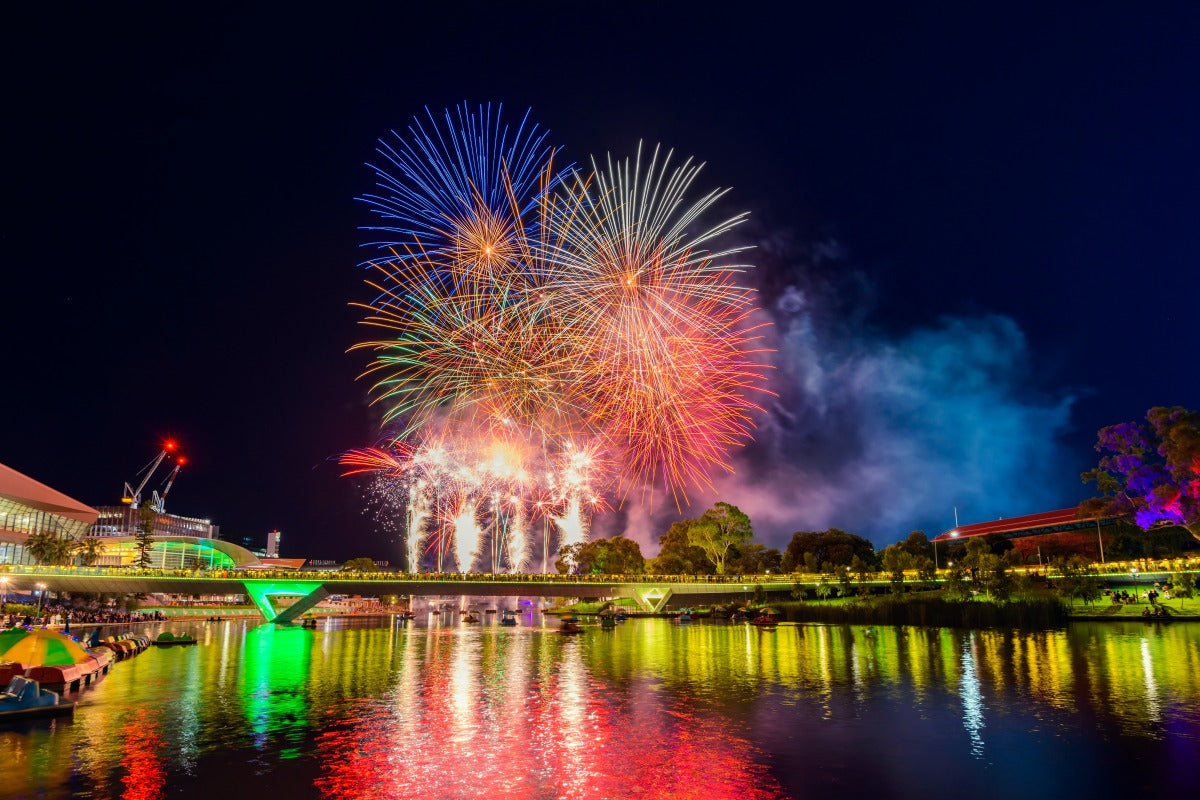
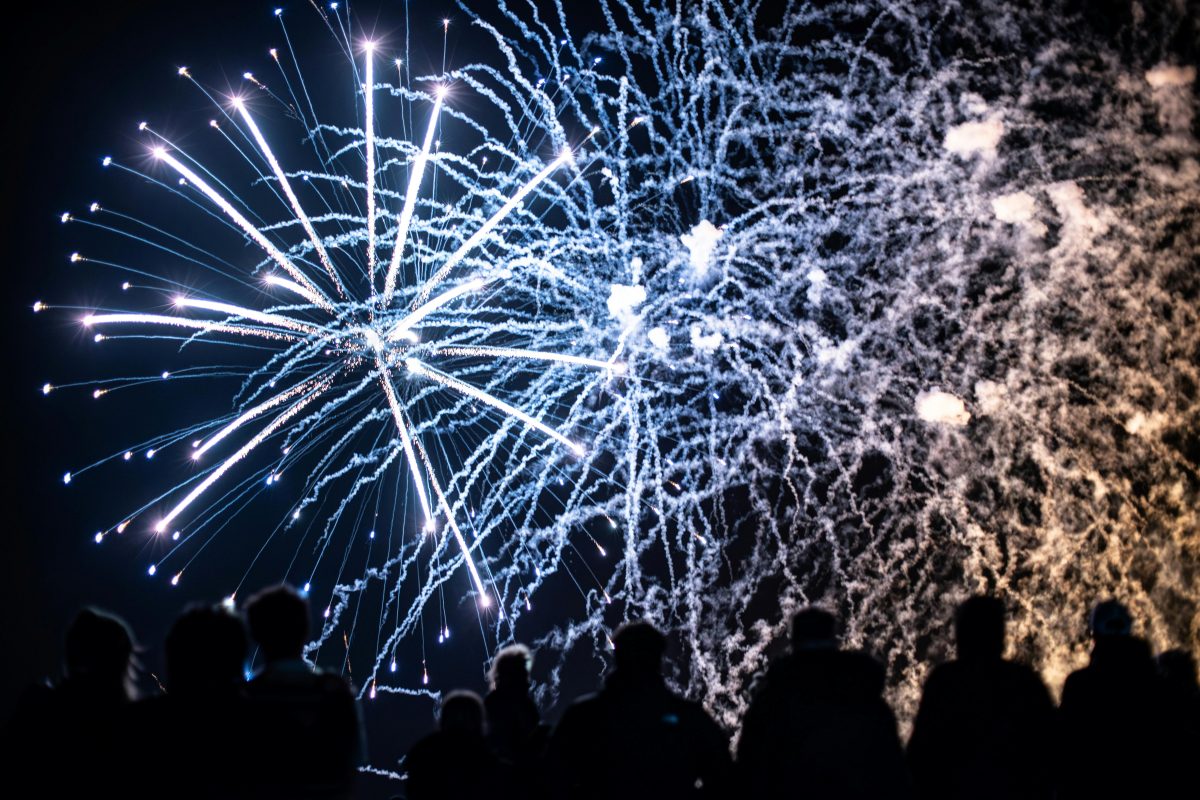
Leave a comment
All comments are moderated before being published.
This site is protected by hCaptcha and the hCaptcha Privacy Policy and Terms of Service apply.